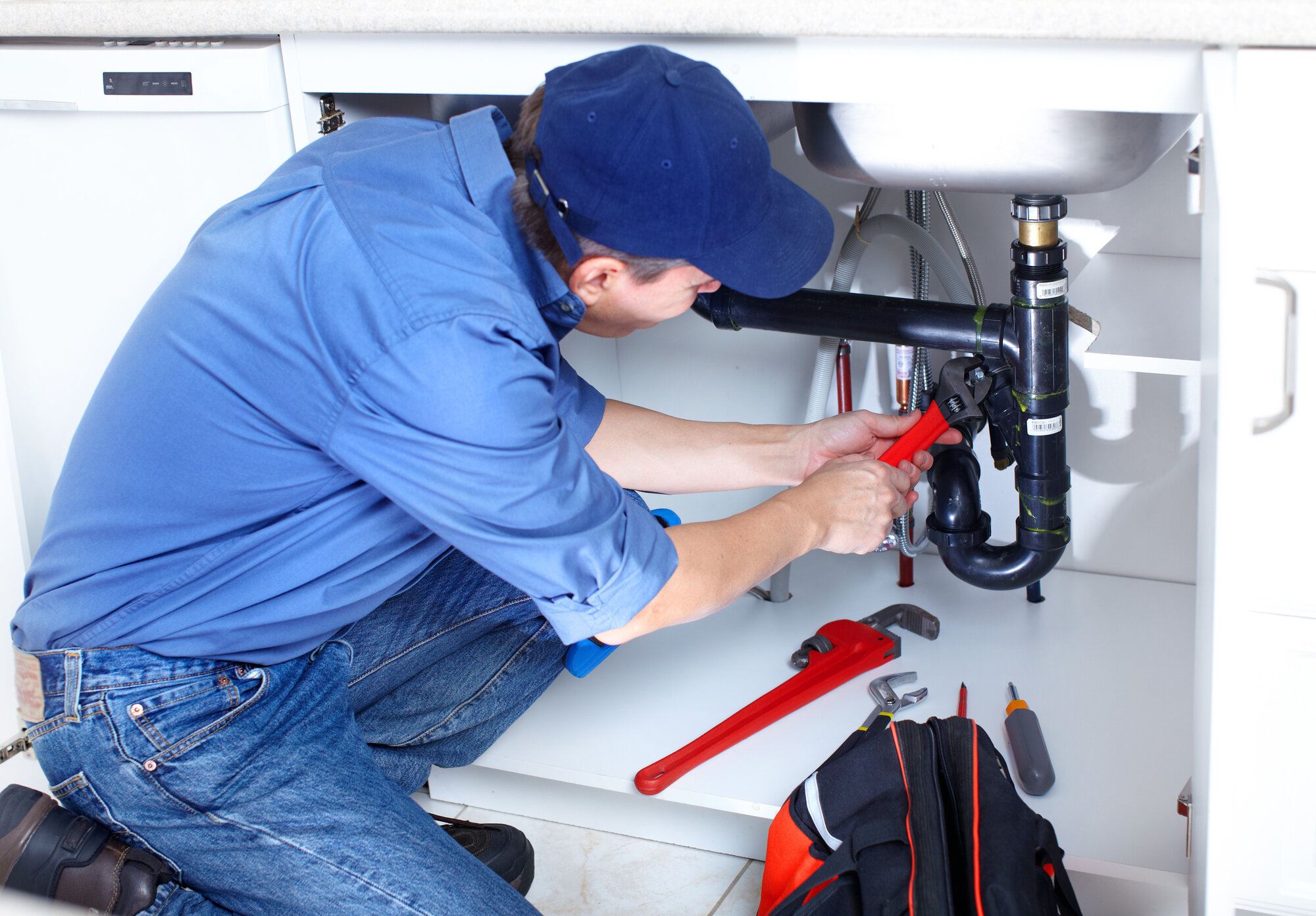A Step-by-Step Guide to Efficient Water Heater Installation for Optimal Efficiency
Beginning on the task of setting up a water heater is a venture that demands precision and an organized strategy for accomplishing optimal performance. As you continue, the intricacies of linking water supply lines and setting up reliable electric or gas connections wait for, promising insights right into making certain efficiency and reliability.
Picking the Right Hot Water Heater

Next, think about the size and ability of the hot water heater. It's vital to assess your household's warm water requirements, which can vary based upon the number of occupants and their use patterns. A device that's as well tiny might bring about inadequate warm water, while an oversized model might result in unnecessary power usage.
Performance ratings additionally play a critical role in selection. Seek water heating systems with high Power Variable (EF) scores, suggesting exceptional performance and decreased power usage. Tankless models, though generally a lot more pricey ahead of time, deal substantial energy cost savings over time due to their on-demand home heating capabilities.
Preparing the Installment Area
Before installing a new hot water heater, meticulous prep work of the installment area is important. This ensures a smooth setup procedure and aids avoid future difficulties (Water Heater installation Alabaster AL). Begin by picking a suitable location that follows neighborhood structure codes and safety requirements. The location needs to be dry, well-ventilated, and obtainable for upkeep. It's critical to gauge the space thoroughly to accommodate the hot water heater's dimensions, guaranteeing adequate clearance around the system for efficient procedure and servicing.
Check the flooring for stability, as the water heating unit will certainly require a strong, level surface area to run effectively. If essential, set up a drip frying pan below the device to capture possible leaks or spills, preventing water damage to the surrounding location.
In addition, guarantee that all needed devices and products get on hand prior to commencing the installation. This includes products such as wrenches, screwdrivers, a level, and any type of additional equipment needed for installing and protecting the heating system. A well-prepared installation location sets the foundation for an effective hot water heater configuration, optimizing efficiency and safety.
Connecting Water System Lines
When attaching water supply lines to your freshly set up hot water heater, it is essential to ensure that all connections are leak-free and safe top article to maintain reliable procedure and stop water damage. Begin by recognizing the cool and hot supply of water lines. The cool water inlet is normally noted with a blue label or a "C", while the warm water electrical outlet is noted with a red label or an "H".
Use versatile water heater connectors to assist in an easier setup process. Prior to connecting the connectors, place a plumbing's tape around the threaded ends of the water heating system's inlet and outlet pipelines.
As soon as links remain in place, slowly activate the main water valve. Evaluate each link for leaks by visually checking and really feeling for dampness. Tighten up connections as required, and guarantee the pressure safety valve is appropriately installed, guarding versus extreme pressure build-up.
Establishing Up Electrical or Gas Connections
Properly establishing up the electric or gas links for your water heating unit is a vital step to make certain reliable and secure operation. For electrical water heating units, begin by validating that the electric circuit is compatible with the heater's voltage and amperage requirements.
For gas water heaters, safety is vital. Connect the gas line to the water heating unit using a versatile gas port, guaranteeing it is effectively threaded and secured with pipe joint compound or Teflon tape ideal for gas links.
Once links are made, check for any type of possible leaks. For gas lines, apply a soapy water service to the joints; bubbles show a leakage. For electrical connections, verify that all circuitry is safe and properly protected, preserving conformity with regional electrical codes.
Adjusting and examining for Effectiveness
With the electric and gas connections securely in location, the next step is evaluating the operational effectiveness of your water heating unit. Begin by carefully transforming on the original site water supply and guaranteeing there are no leaks at any of the joints or valves.
Following, do a thorough evaluation to make certain the burner or gas burners are working appropriately. For electric heating units, utilize a multimeter to confirm if the components are drawing the ideal existing. In gas designs, observe the burner fire; it ought to be blue and stable, showing effective combustion.
Change the settings as needed to remove ineffectiveness. Take into consideration executing insulation steps, such as including a water heating system covering, to better enhance performance by decreasing heat loss. In addition, inspect the anode pole's condition, as a deteriorated rod can lower description effectiveness and result in container corrosion.
Final Thought
Reliable water heating system installment is crucial for making sure optimal efficiency and power savings. Securely attaching water supply lines and carefully setting up electric or gas connections reduce prospective problems.

Properly establishing up the electrical or gas connections for your water heating system is an important action to guarantee safe and reliable operation. For electrical water heating systems, begin by confirming that the electric circuit is compatible with the heating unit's voltage and amperage requirements. Attach the gas line to the water heater using an adaptable gas connector, ensuring it is appropriately threaded and secured with pipeline joint compound or Teflon tape suitable for gas connections.